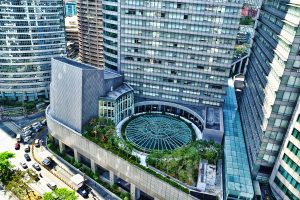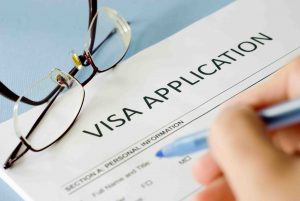It’s an exciting journey working in the Philippines especially after an Expat Explorer survey said last year that some 52 percent of expats worldwide “found better personal fulfillment working here” than in their country of origin. This also means foreigners are scrambling to get employment visa in the Philippines.
To avoid too much hassle with visa procurement (which is normally a tedious process), here are things you need to know about employment visa in the Philippines. It’s smart to get a background of what you’re up against.
Pre-Arranged Employment
To get a job in the Philippines, pre-arranged employment is advised for expat employees. You need a non-immigrant visa for this. Therefore, a pre-arranged employee visa, or 9G visa, is what you need specifically. Employers in the Philippines can hire foreign nationals with job expertise that cannot be locally found.
Foreigners, however, cannot just go here and find work and then apply for a visa, as discussed in previous article. This scenario would likely end up in an illegitimate job. They need pre-arranged employment with a legit local company. Then they get a visa. That’s how you get an employment visa in the Philippines more conveniently.
Basics of Employment Visa and ACR I-Card
Once you have the employment offer locally, you go to the Bureau of Immigration (BI) office nearest you. Basically, you need to satisfy the BI checklist with the required documents. Fill out the application form, and another form for your dependents, if any. Submit everything to the office for pre-screening, pay the fees and submit copies of the receipts. You may also have to attend some hearings.
Finally, check the Bureau of Immigration website to see the approved visa. Once approved, present your passport for the visa. Claim your ACR I-Card as well after its approval (this requires pre-application together with the visa application). This I-Card is actually a microchip based ID card containing all your immigration information. It also serves as your Emigration Clearance Certificate (ECC), Special Return Certificate (SRC) and Re-Entry Permit (RP).
Then your journey to get an employment visa in the Philippines in concluded.
For dependents coming with expats, additional documents like birth certificates and marriage license should be attached with the application. They should be properly notarized, too. If there is any non-English document included, provide a certified English translation.
Your Alien Work Permit
Part of working out an employment visa in the Philippines is a work permit called Alien Employment Permit (AEP). This has been discussed at length in previous article. This permit makes your local job involvement legit. Employment visa makes your entry and stay into the country for employment legit.
The Department of Labor and Employment (DOLE) issues this permit which you may conveniently apply for online. Application may also be done at the embassy or consulate in the expat’s country of origin, but submitting it along with the requirements to the local employer is more advisable. They can submit them straight to the regional DOLE office nearest them.
The duration of the permit depends on your work contract and your rank in the company. There are, however, some AEP exemptions discussed here previously.
Temporary Permit
But what if you need to start work pronto even if your AEP is still in process? The government solves this by issuing expats a temporary permit. They can work for 3 months legally while their AEP is being processed. A Special Employment Permit is issued which is good for 6 months. These permits are in aid of complementing employment visa in the Philippines.
Other Visas
In case you want or need to visit the Philippines for other reasons, here are other visas that may apply to you:
- Tourist visa – for stays not longer than 30 days. It requires multiple entries.
- Non-Immigrant visa – aside from pre-arranged employment, it also legitimizes your entry and stay in the country for trade, education and transit. The requirements vary accordingly.
- Non-quota immigrant visa – this applies to spouses and children of returning Filipinos who are natural-born.
- Quota immigrant visa – for expats with uncommon qualification and professional skills, along with adequate financial capital. There are a maximum 50 visas like this released each year.
- Special resident retiree visa – is a visa program based on a deposit an applicant can make, depending on his or her age and retirement pension. It is non-immigrant in nature, allowing indefinite stay and multiple entries.
Make sure you get the appropriate employment visa in the Philippines so you can work happily ever after in these islands.
Sources:
https://visasphilippines.com/philippine-visas/work-visa/
http://globalnation.inquirer.net/156814/ph-haven-expats-survey-says
http://immigration.gov.ph/index.php/information/directory-of-transactions
http://immigration.gov.ph/images/FORMS/2017_Aug/V-NI-007-Rev_1Conversion.pdf
http://immigration.gov.ph/visa-requirements/non-immigrant-visa/pre-arranged-employment-visa
http://www.aeponline.dole.gov.ph/
http://www.ble.dole.gov.ph/index.php/web-pages/118-alien-employment-permit





Comments 1
Pingback: Crucial Tips To Remember On Philippine Immigration Laws - Expat.com.ph